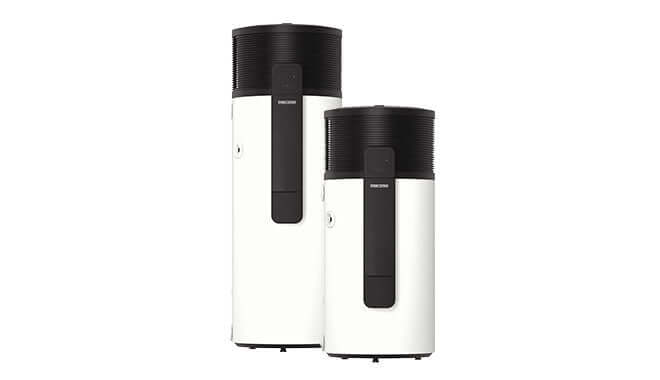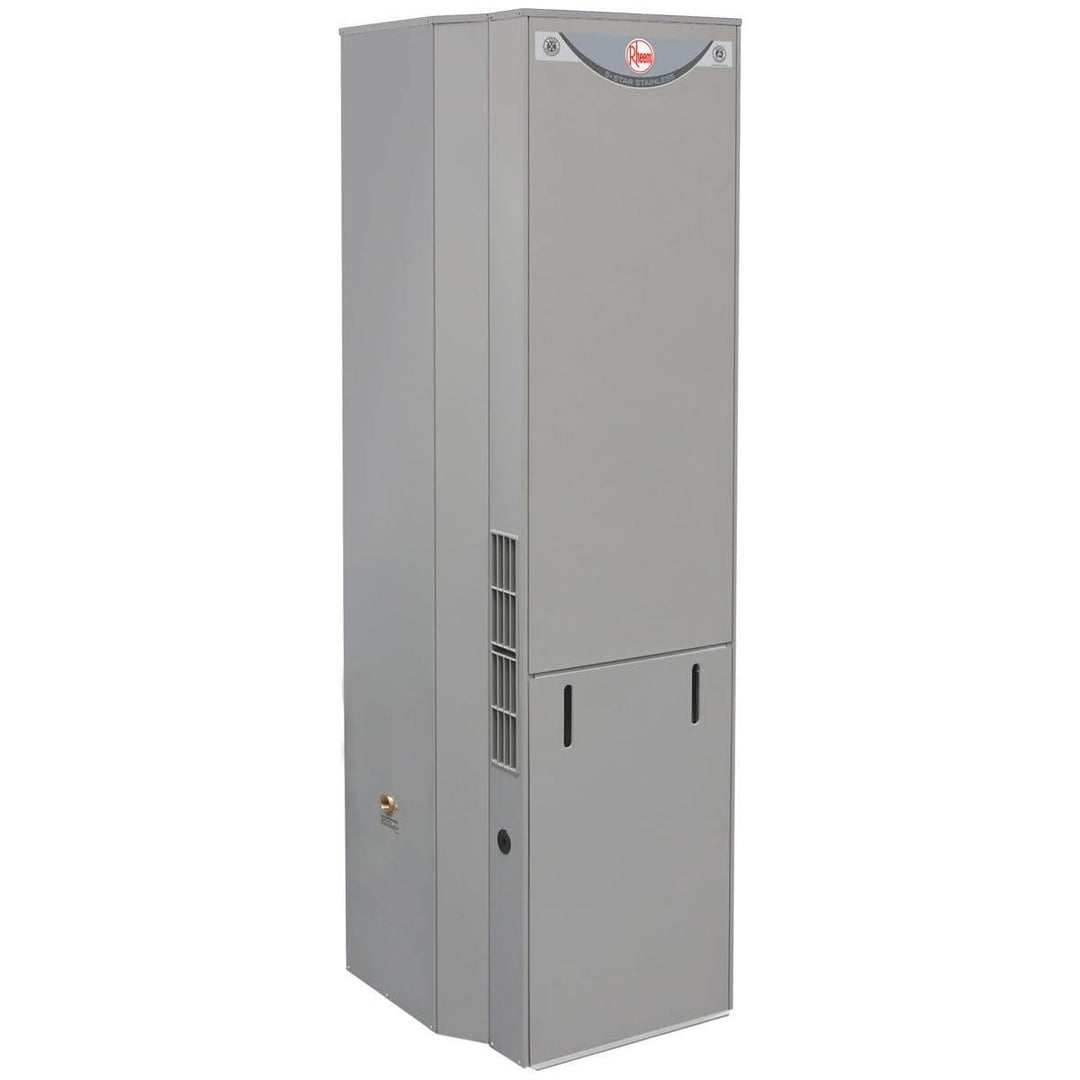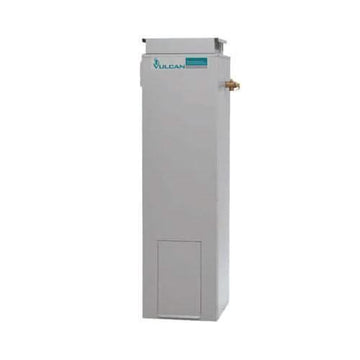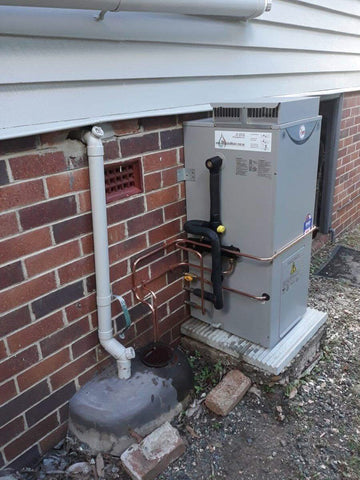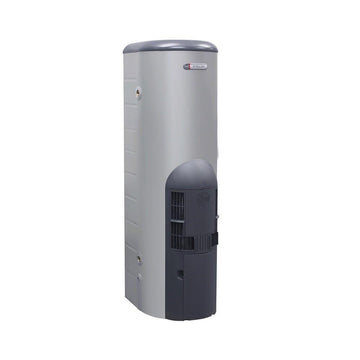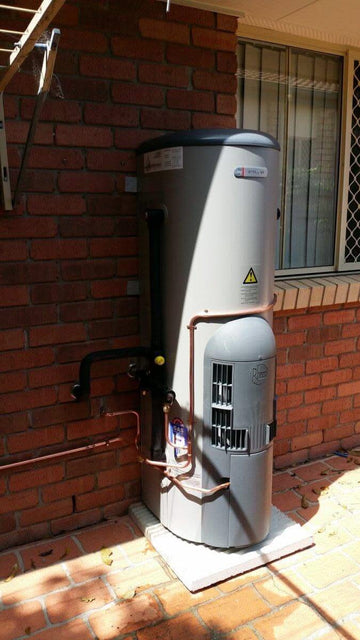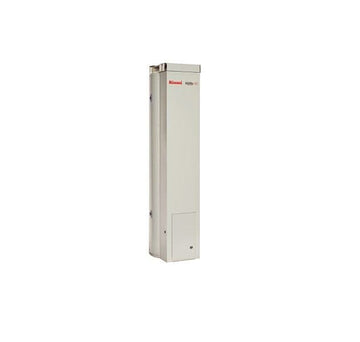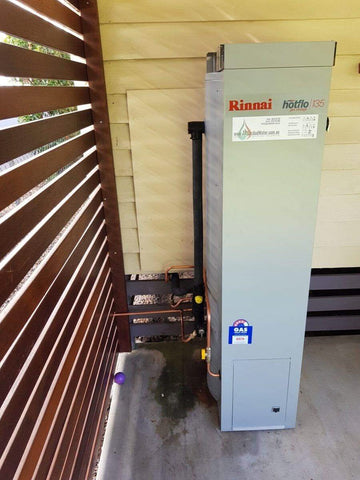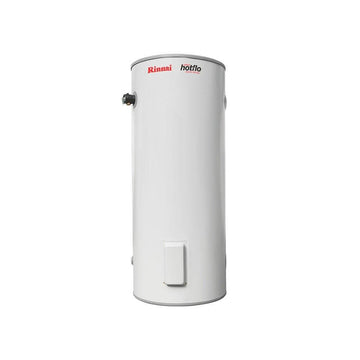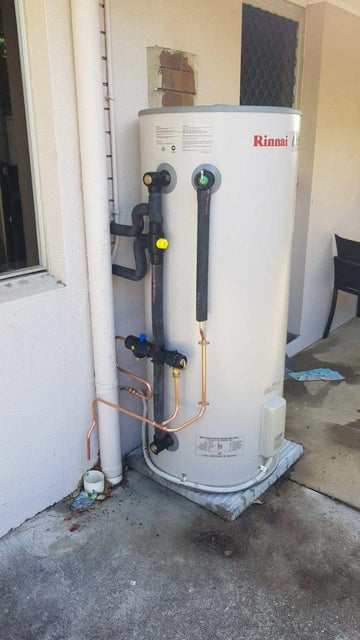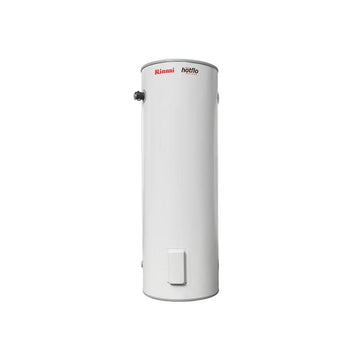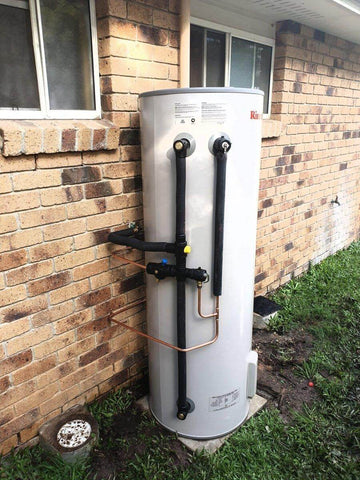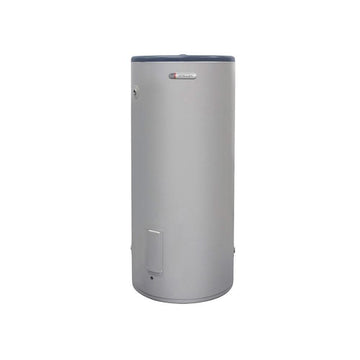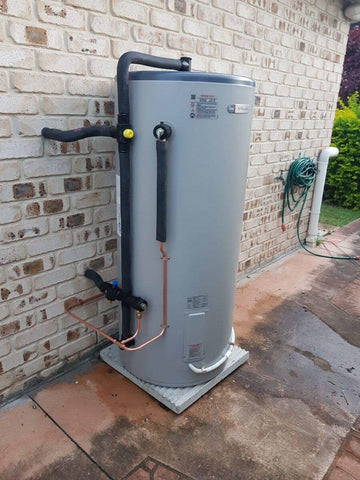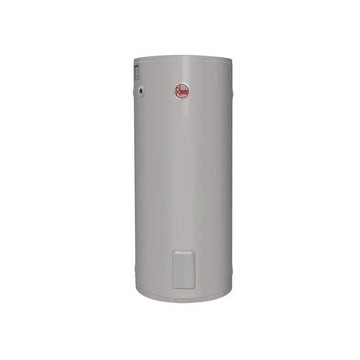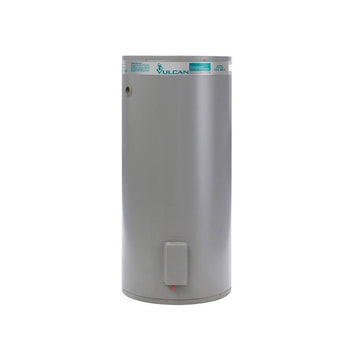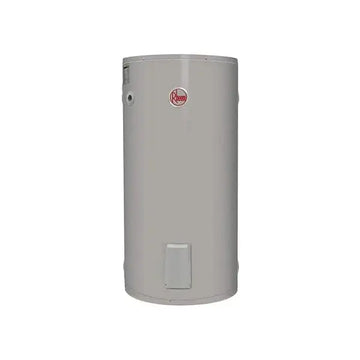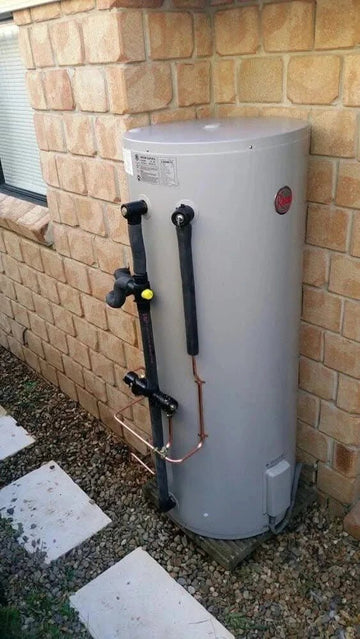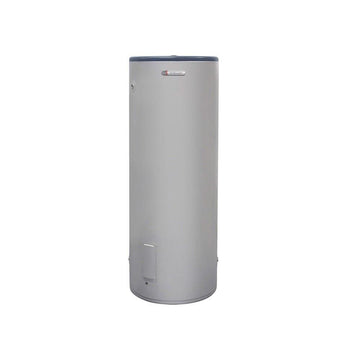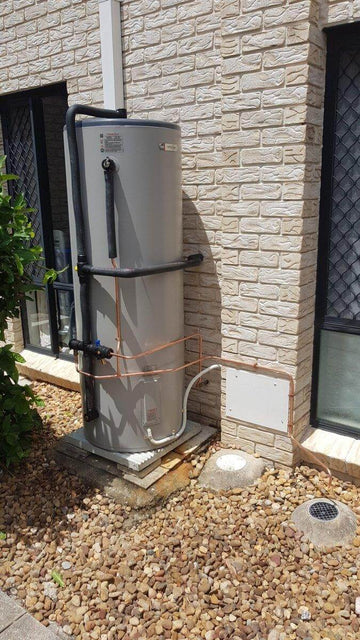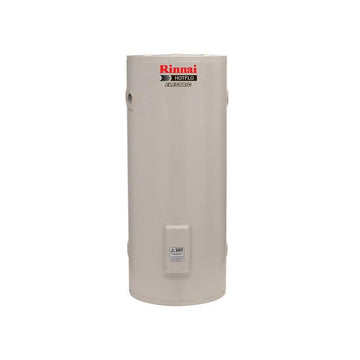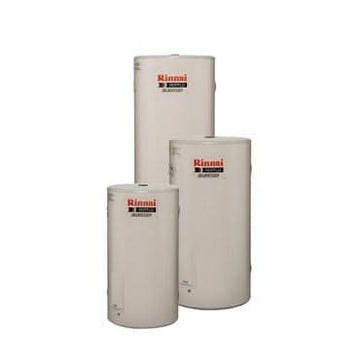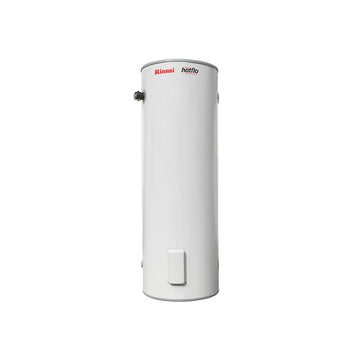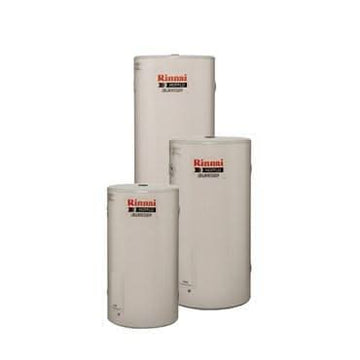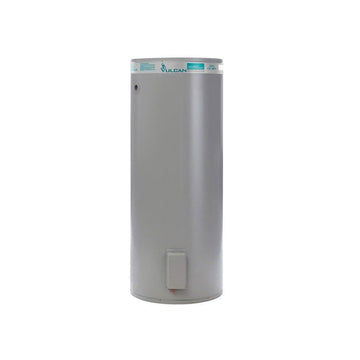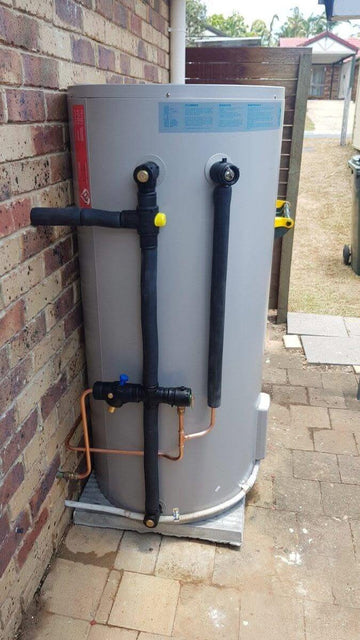How Gas Storage Hot Water Systems Work: Key Parts, Maintenance & Benefits
Gas storage hot water systems are a reliable and efficient way to supply hot water to homes and businesses. These systems use natural gas or LPG to heat water inside an insulated tank, ensuring you always have hot water when you need it—whether it’s for a morning shower or washing up after dinner.
🔧 Key Components of a Gas Storage Hot Water System
1. Storage Tank – The Heart of the System
-
Holds heated water until it’s needed
-
Sizes range from 90L to 400L
-
Made from stainless steel or vitreous enamel-coated steel
-
Fully insulated to reduce heat loss and energy costs
-
Available in indoor or outdoor models
Explore gas hot water systems for all tank sizes and configurations.
2. Burner Assembly – Heats the Water
-
Located at the bottom of the tank
-
Ignites via thermostat when water temperature drops
-
Powered by natural gas or LPG
-
Includes safety components like a flame sensor and thermocouple
3. Gas Control Valve – Regulates Gas Flow
-
Controls how much gas is sent to the burner
-
Works alongside the thermostat
-
Built-in safety features help prevent gas leaks
4. Thermostat – Temperature Control
-
Maintains water temperature between 50°C–75°C
-
Sends signals to ignite the burner when needed
-
Can be adjusted manually for energy efficiency and comfort
5. Temperature and Pressure Relief (TPR) Valve – Safety First
-
Automatically releases water or steam if tank pressure gets too high
-
Prevents overheating and tank explosions
-
Needs regular checks to stay functional
6. Flue (for Indoor Units) – Vents Harmful Gases
-
Directs gases like CO₂ and water vapour safely outside
-
Required for all indoor installations
-
Some systems feature balanced or power-flue venting for added safety
7. Anode Rod – Prevents Corrosion
-
A sacrificial rod made of magnesium or aluminium
-
Attracts corrosive elements before they damage the tank
-
Replace every 5–7 years to extend tank lifespan
8. Dip Tube – Delivers Cold Water
-
Sends incoming cold water to the bottom of the tank
-
Keeps hot water concentrated at the top for efficient use
9. Hot Water Outlet – Delivers to Your Home
-
Draws heated water from the top of the tank
-
Connects directly to your home’s plumbing for showers, taps, and appliances
10. Drain Valve – Essential for Maintenance
-
Located at the base of the tank
-
Used to flush out sediment buildup
-
Important for annual servicing and cleaning
🔁 How It All Works
-
Cold water enters the tank through the dip tube.
-
Thermostat detects a temperature drop and signals the burner to ignite.
-
Gas control valve manages the fuel supply to the burner.
-
Flame heats the water, causing hot water to rise to the top.
-
When you turn on a tap, hot water flows out through the outlet.
-
If things get too hot or pressurised, the TPR valve releases steam or water.
-
For indoor systems, the flue vents gases safely outside the home.
🛠️ Maintenance Tips to Maximise Lifespan
Want your system to last 10+ years? Just follow these easy tips:
-
✅ Test the TPR valve every 6 months
-
✅ Flush the tank annually to remove sediment
-
✅ Check and replace the anode rod every 3–5 years
-
✅ Book a professional gas service every 1–2 years
-
✅ Keep an eye out for leaks, rust, or unusual noises
Need help with maintenance? Book online with our licensed plumbers.
💡 Why Choose Gas Storage Hot Water?
-
Fast Recovery: Perfect for households that use a lot of water
-
Lower Running Costs: Natural gas is cheaper than electricity in many areas
-
Reliable: Works even during power outages
-
Easy Replacement: Fits in the same spot as your old tank
-
Safe & Tested: Equipped with multiple safety features
Check out top-rated options from Rheem, Everhot, and Thermann.
🧰 Final Thoughts
A gas storage hot water system is a tried-and-tested solution for consistent hot water. By understanding how each component works and staying on top of maintenance, you’ll ensure your system runs efficiently and safely for years to come.
🔥 Need a new system or expert servicing?
Contact JR Gas & Water — Brisbane and Gold Coast’s Best Plumbers 2023, 2024 & 2025.
We supply, install, and service all major brands with fast turnaround and honest pricing.
🚿 Hot water, done right.


